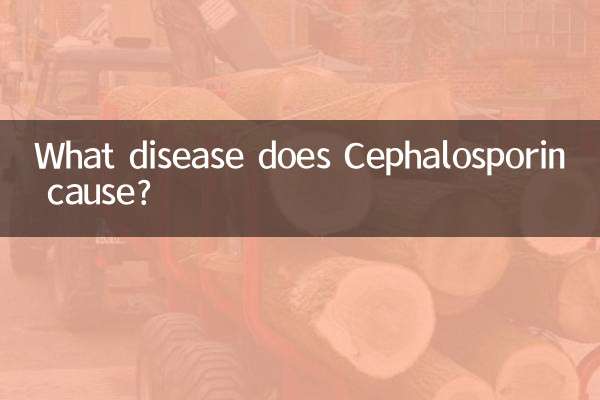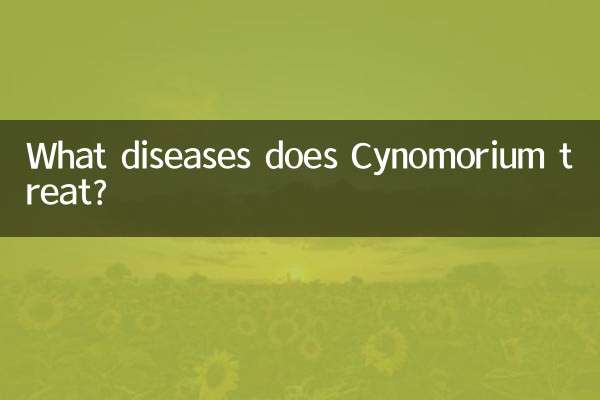What to eat for maternal fatty liver disease: scientific dietary guidelines and hot topics integrated
Recently, the topic of maternal health has continued to heat up, with "maternal fatty liver" becoming a hot topic of discussion. Fatty liver is not uncommon in postpartum women, especially hormonal changes during pregnancy, excess nutrition or metabolic abnormalities that may induce or aggravate the condition. A reasonable diet is the key to improving fatty liver. This article will combine the hot content of the entire Internet in the past 10 days to provide scientific dietary advice for pregnant women.
1. Analysis of the correlation between hot topics on the Internet and maternal fatty liver disease

According to recent discussions on social media and health forums, the following topics are closely related to maternal fatty liver:
| hot topics | Related content | Discuss the popularity index |
|---|---|---|
| Postpartum diet misunderstandings | The relationship between excessive intake of high-fat soups and fatty liver | ★★★★☆ |
| Scientific combination of confinement meal | The ratio of high-quality protein to dietary fiber intake | ★★★☆☆ |
| Nutritional needs during lactation | How to balance lactation and liver health | ★★★★★ |
2. Dietary principles for maternal fatty liver disease
1.Control total heat: Avoid high-sugar and high-fat foods, and it is recommended that daily calories be controlled at 1800-2200 kcal (adjusted according to individual differences).
2.High quality protein first: Choose low-fat dairy products, fish, beans, etc. to promote liver cell repair.
3.Increase dietary fiber: Whole grains and vegetables can help metabolize fat. It is recommended to consume 25-30 grams per day.
3. Recommended food list and nutritional content
| food category | Recommended ingredients | Core nutrients | recommended daily amount |
|---|---|---|---|
| High quality protein | Salmon, chicken breast, tofu | Omega-3, soy isoflavones | 100-150g |
| Antioxidant fruits and vegetables | Blueberries, broccoli, spinach | Vitamin C, lutein | 300-500g |
| Healthy staples | Oats, brown rice, sweet potatoes | B vitamins, beta-glucan | 200-250g |
4. Foods to be restricted or avoided
1.high fat food: Pig trotter soup, animal offal, fried food.
2.Refined sugars: Sugary drinks, cream pastries, honey (≤25g per day).
3.High salt food: Pickled products and processed meats may aggravate water and sodium retention.
5. Summary of recent expert suggestions
According to the latest "Postpartum Dietary Guidelines" (2023 revised edition) released by the Chinese Nutrition Society, special emphasis is placed on:
| Recommended points | Specific measures | scientific basis |
|---|---|---|
| Conditioning in stages | Eat a light diet in the first week after delivery, and gradually increase high-quality protein in 2-3 weeks | Avoid increasing the metabolic burden on the liver |
| cooking method | Cooking is the main method, and repeated use of cooking oil is prohibited. | Reduce the intake of harmful substances such as aldehydes |
6. Formulation of personalized plans
Since parturient women may have anemia, abnormal blood sugar, etc., it is recommended that:
1. Liver B-ultrasound monitoring twice a week (patients with severe fatty liver disease)
2. Weigh yourself every morning on an empty stomach, and control your weekly weight loss to ≤0.5kg
3. Consult a registered dietitian to develop a personalized diet
Recently, the director of the hepatology department of a tertiary hospital mentioned in a live broadcast: "About 38% of women with fatty liver disease during pregnancy have not fully recovered 6 months after delivery. Scientific diet combined with appropriate exercise (such as postpartum yoga) can significantly improve this situation." This once again confirms the importance of dietary management.
By combining food appropriately, controlling caloric intake and monitoring regularly, most maternal fatty liver problems can be effectively improved. It is recommended that new mothers pay attention to their own liver health while paying attention to their baby's nutrition.

check the details

check the details